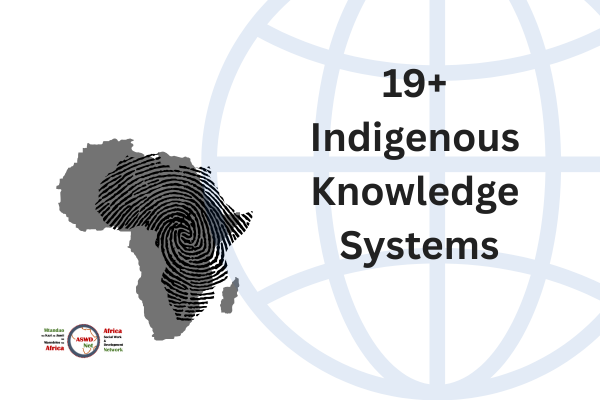
Mayotte of Comoro

Mayotte (Shimaore or Maore) is part of the Comoro Islands located in the ocean between Mozambique and Madagascar, but France has claimed the Island, and refused to give it independence when other Comoros gained independence in 1974. This is despite the Comoros demand that Mayotte be released from France. UN resolutions to grand total independence to the Comoros have ben vetoed by France. In 2011, after a France arranged ‘referendum’ Mayotte ‘voted’ to become an overseas province/department of France. France benefits economically from this colonisation and also has a military base there, and provides tourism opportunities for Europeans.
Mayotte has a population estimate of 320 000.
It has a larger island Maore, and smaller ones, the second biggest being Pamanzi (meaning water in Bantu languages). The capital city is Mamoudzou.
The Island has many Black people, taken from Africa, particularly the area with Mozambique today and surrounding areas in Southern and East Africa. The people were taken as slaves and labourers to work in plantations, and they never returned. Africa languages, especially Bantu languages and philosophy, especially Ubuntu philosophy have shaped Mayotte society. The main indigenous language is Shimaore, which is a version of Swahili.
Major challenges are cultural assimilation from French, for example planned expansion of French language and the non-collection of religion and language statistics in official census. Almost 90% inhabitants are classified as Muslim (Islamic law is used in this Island) and Africa religion and law is often not counted as part of religious colonisation. Spirituality through spirit mediums of the people is common whereas Islam and Christianity tried to colonise this so that spirituality could be through spirit mediums (e.g. Muhammad or Jesus) not related to the people. However, Africa religion influences this society. Other challenges are political unrest and climate issues e.g. droughts, earthquakes and cyclones.
Languages
- Shimaore: 55.1%
- Shindzwani: 22.3%
- Kibushi: 13.6%
- Shingazidja: 7.9%
- French: 1.4%
- Shimwali: 0.8%
- Arabic: 0.4%
- Kiantalaotsi: 0.2%
- Other: 0.4%
Geographical areas (*note most of these names are Bantu)
- Mamoudzou
- Koungou
- Dzaoudzi
- Dembéni
- Tsingoni
- Pamandzi
- Bandraboua
- Sada
- Mtsamboro
- Bandrélé
- Chirongui
- Ouangani
- Chiconi
- Bouéni
- M’tsangamouji
- Acoua
- Kani-Kéli






You must be logged in to post a comment.